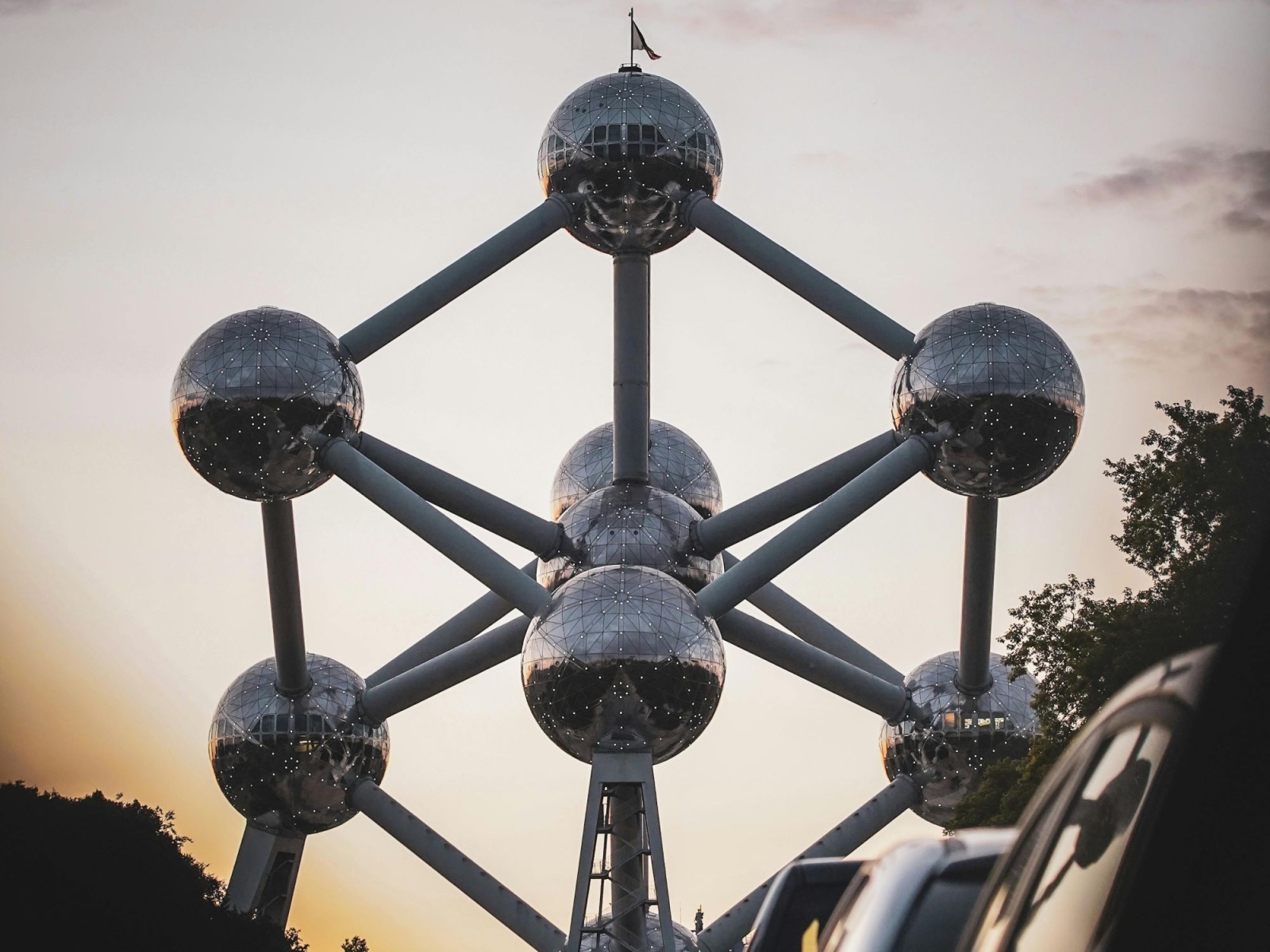Everyone's crazy about nuclear power, but the climate doesn't need it. So says a new report by the European Environmental Bureau, unsurprisingly released on March 21, the same day world leaders were gathering in Brussels for the first Nuclear Energy Summit.
The international summit was convened by the IAEA (the International Atomic Energy Agency) to discuss the role of nuclear power in decarbonization, in light of its historic inclusion in the latest Global Stocktake approved at COP28. A “clearance” that has restored momentum to the so-called “nuclear renaissance,” with commitments signed by 25 countries to triple their generating capacity by 2050 and the IAEA's own launch of the Atoms4NetZero initiative.
Now, however, the figures poured out by the EEB network are putting a damper on atomic enthusiasm, at least the European ones: the data show how the much-acclaimed help from nuclear power would actually be irrelevant, when not actually counterproductive, to meeting climate targets.
The marginal role of nuclear power
Building new nuclear power plants is unrealistic, and extending the useful life of existing ones in Europe beyond the limit would not be cost-effective. It would be much better, for decarbonization purposes, to continue investing in renewables and efficiency, and phase out nuclear power once and for all.
These, in a nutshell, are the conclusions reached in the Nuclear Phase-out report prepared by the European Environmental Bureau. “As renewables grow, and energy demand shrinks, the role of nuclear power in Europe becomes redundant,” comments Cosimo Tansini, Policy Officer for Renewables at EEB. “Take Spain, where the surge in wind, solar, and hydropower has driven down electricity prices and forced energy companies to halt nuclear power to avoid financial losses.” The report therefore starts precisely from the significantly downsized role that nuclear power now plays in the EU's energy mix.
There are exactly 100 reactors currently operating in the EU countries, with a total capacity of about 96 GW. Of these, as many as 56 are in France (which has the second-largest number of reactors in the world after the United States), and the rest are located in eleven other countries: Belgium, Bulgaria, the Czech Republic, Spain, Finland, Hungary, the Netherlands, Romania, Sweden, Slovenia, and Slovakia. In many of these countries, nuclear power contributes a large share of electricity production, between 20 and 60 percent, with France getting as much as 64 percent.
But if we look at the share of nuclear power in total energy consumption (therefore counting fuels and gas), the average falls to 10 percent, with 17 percent in France. Whereas, the share of nuclear power in the total energy consumption of the entire European Union is only 4.7 percent. This is already a small share, which will decrease further with the implementation of energy efficiency and consumption reduction policies on the one hand, and on the other hand with the development of renewable sources (solar and wind above all), which will become increasingly economical and stable.
The stability and continuity of renewable generation is the second point of discussion in the report. For the atom's supporters, in fact, the weather-related variability of solar and wind would make nuclear power irreplaceable in its role as a “back-up” to ensure continuity of power production. However, according to EEB analysts (who cite a report by the European Environment Agency), this problem for renewables will soon be overcome thanks to advances in distribution networks and storage technologies. In addition, nuclear power itself is vulnerable to weather conditions and extreme events, such as heat spikes and water shortages, and we have already seen examples of this in recent summers, when France had to temporarily shut down some of its power plants due to a lack of cooling water.
The decline of the atom and the phase-out season
The world's nuclear power stock is aging, and so is Europe's. The great nuclear season that began in the 1950s and 1960s peaked during the 1980s, with a very rapid development and increase in generating capacity. Then it came to a halt and the decline began.
Nuclear power generation in the European Union has been in steady decline for at least two decades. Since the year 2000, construction work has begun on only two new power plants, Flamaville-3 in France (as of 2007 and still ongoing) and Olkiluoto-3 in Finland (commissioned in 2005 and connected to the grid in 2023 after various delays). Meanwhile, most of the reactors in operation today, built for a 30-40 year service life, will have to be decommissioned by 2040.
While some, like Germany, have anticipated the shutdown of their power plants, other countries are debating whether to extend the useful life of operating reactors. But this “doggedness” would lead to having to shoulder higher maintenance expenses, when in fact renewable sources will become increasingly cost-effective, even from an economic perspective. In short, the nostalgia for the atom, according to EEB, would not be good for business.
Getting out of nuclear power by looking at climate targets
Finally, EEB experts crunch the numbers on the most important point of the matter: does nuclear power serve or not serve Europe's decarbonization targets? The rather sharp answer is “No”.
According to the report, the growth in European renewable capacity and the simultaneous decrease in energy demand (through efficiency and energy conservation) will more than offset the decrease in nuclear generation, while enabling a complete phase-out of fossil fuels.
Sticking to a PAC scenario (compatible with the objectives of the Paris Agreement), by 2040 almost all European nuclear generation could be phased out without any problems, with the exception of a small residual percentage in France, which in any case could achieve full nuclear phase out by 2050. All this while maintaining the commitments on decarbonization and phase out from fossil fuels.
Thanks to the growth of generation from on-shore and off-shore photovoltaics and wind power, an increase in renewable generation of 960 TWh should in fact be achieved by 2040. At the same time, building and industrial efficiency and sustainable mobility policies could bring a reduction in energy demand of 916 Twh. Together, renewables and efficiency would more than offset the loss of nuclear generation share, estimated at 326 Twh.
In short, renewables can do it alone. And, on the contrary, EEB analysts conclude, the current return of nuclear power to center stage risks diverting investment away from more efficient, faster and cost-effective solutions, delaying the phase-out from fossil fuels. “Despite the important role it has played in European energy history, nuclear power is now in decline,” they conclude, “and a renaissance of it seems unrealistic.”
This article is also available in Italian / Questo articolo è disponibile anche in italiano
Image: Hakan Yasar, Unsplash
© all rights reserved



